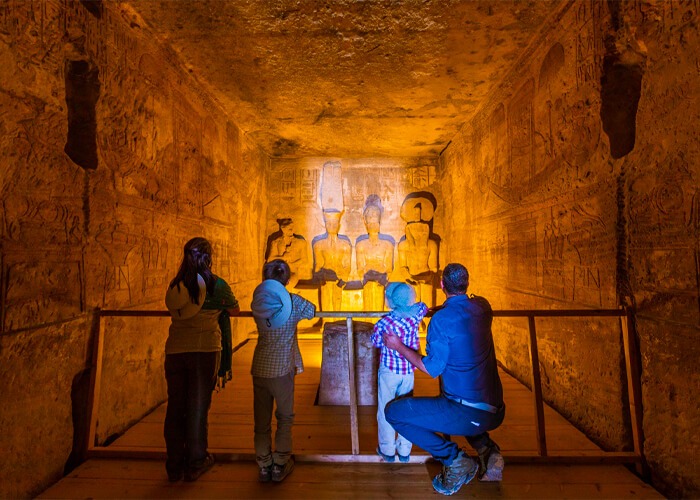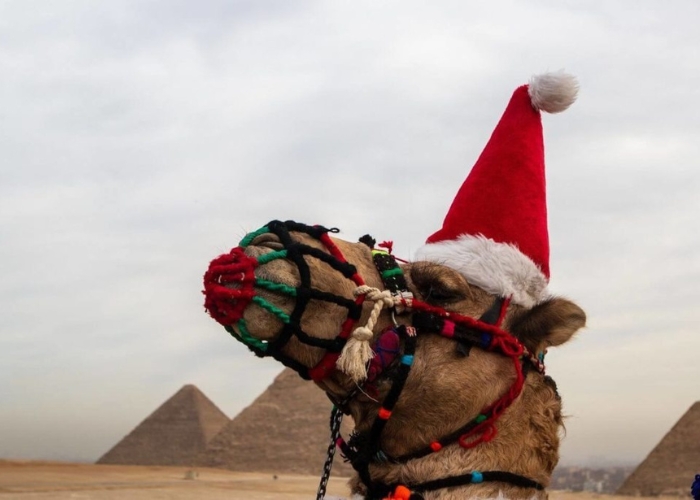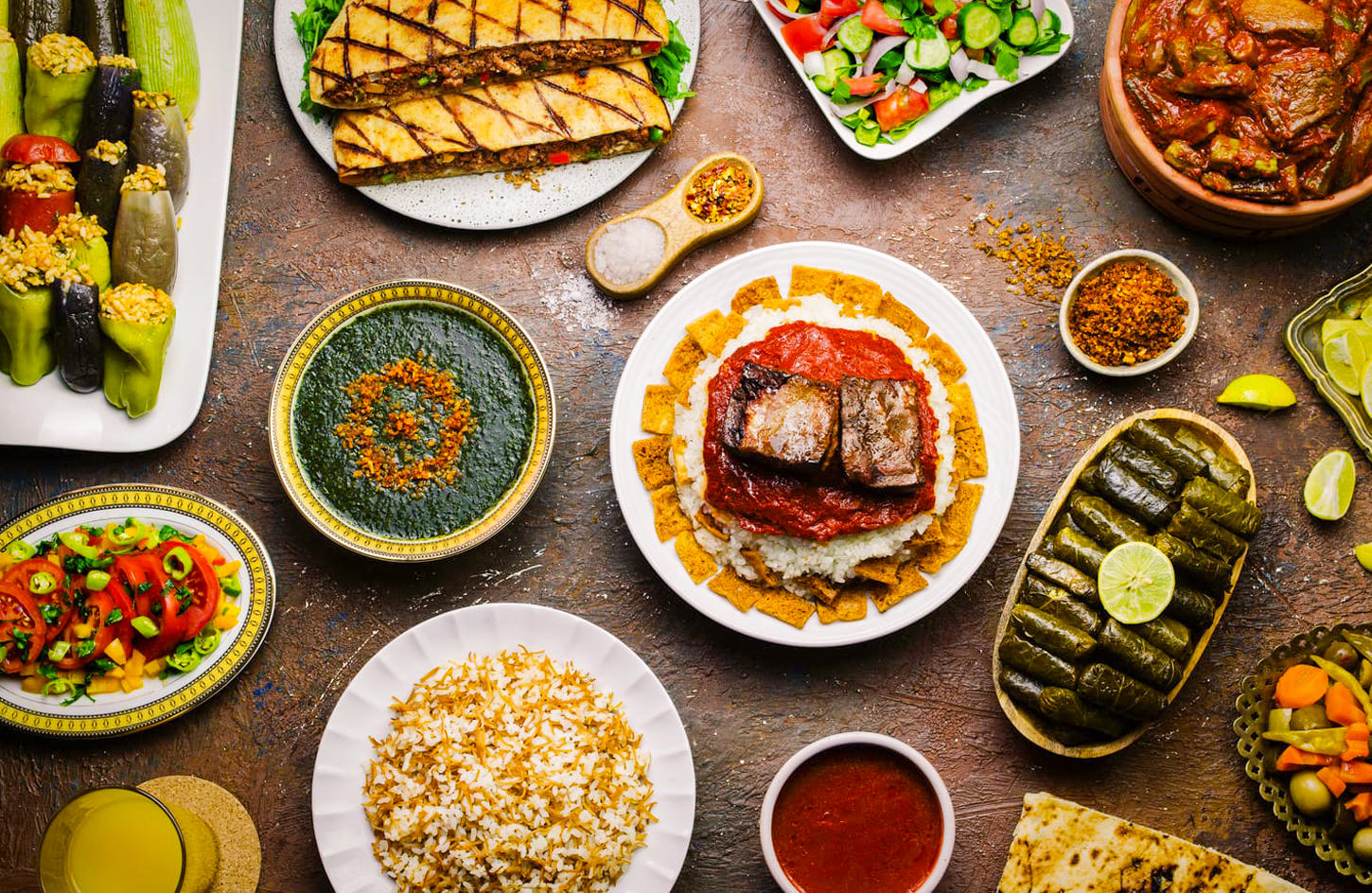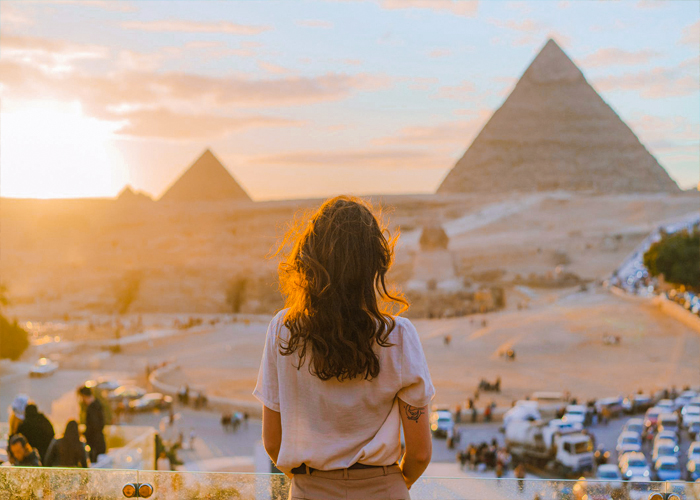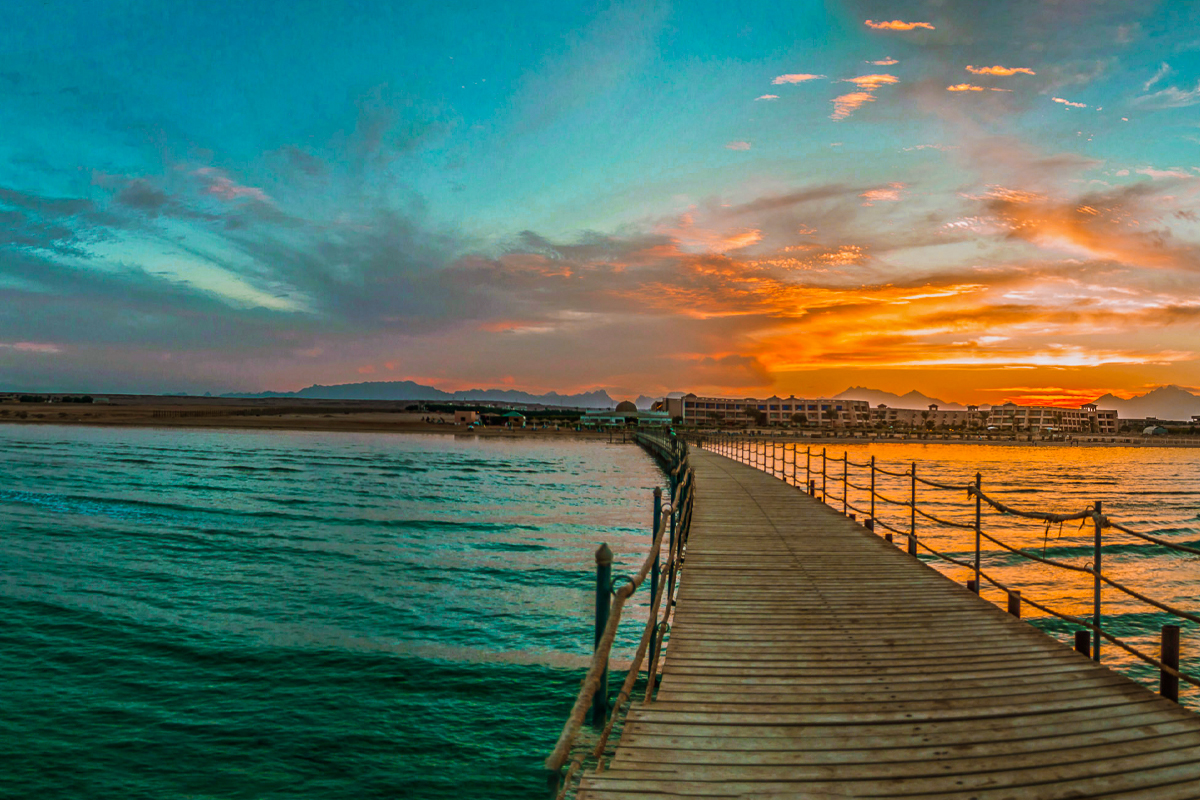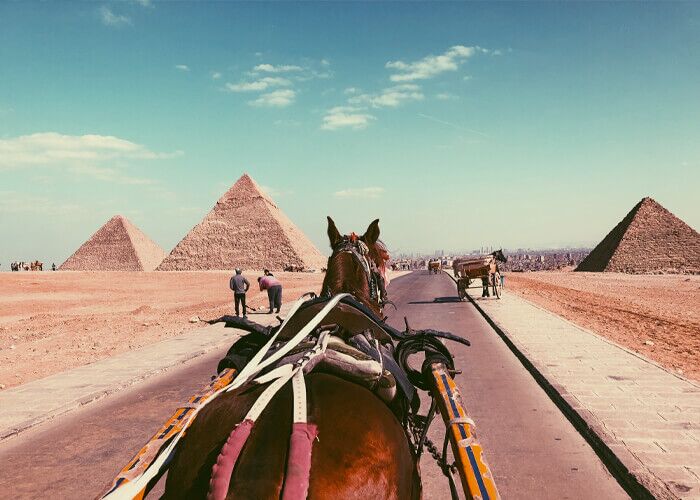The Abu Simbel Sun Festival is one of the most remarkable and fascinating cultural events in the world. Twice a year, on February 22nd and October 22nd, sunlight enters the Abu Simbel temples and illuminates the inner sanctuary where the statues of Pharaoh Ramesses II, the god Amun, and the sun god Ra-Horakhty sit in eternal silence. The phenomenon has mesmerized travelers, historians, and cultural enthusiasts for centuries, drawing thousands of visitors to southern Egypt every year. This extraordinary alignment demonstrates not only the architectural genius of Ramesses the Great but also ancient Egypt’s wisdom in astronomy, mathematics, and religious symbolism.
For modern travelers, attending the Abu Simbel Sun Festival in Egypt is more than witnessing sunlight entering a temple—it is a journey into time, culture, and spirituality. The Abu Simbel Temple Sun Festival reflects the harmony between man, nature, and the divine, a relationship that defined the civilization of the Nile Valley. Today, the event is both a cultural spectacle and a celebration of heritage, reminding us why Abu Simbel was declared a UNESCO World Heritage Site. Whether in 2025 or beyond, the festival continues to inspire awe, making it a once-in-a-lifetime travel experience for those seeking to connect with history in a profound and unforgettable way.
The Historical Significance of the Abu Simbel Temples
The Abu Simbel temples were commissioned by Ramesses II, one of the most powerful and celebrated pharaohs in Egyptian history. Often called Ramesses the Great, his reign marked a golden age of expansion, monumental construction, and flourishing art. The twin temples at Abu Simbel were carved into the sandstone cliffs of Nubia over 3,000 years ago, serving as both a political statement and a spiritual sanctuary. The larger temple was dedicated to the gods Amun, Ra-Horakhty, Ptah, and to the deified Pharaoh himself, while the smaller temple was devoted to Queen Nefertari, his beloved consort and often called the “queen of the great pharaoh.”
What makes Abu Simbel extraordinary is not only its sheer scale—with colossal seated statues of Ramesses II dominating the facade—but also its celestial design. The builders aligned the temple so that twice a year, sunlight would travel through its corridors and illuminate the sanctuary. This phenomenon was not a coincidence but the result of precise calculations, reflecting the depth of ancient Egyptian culture and its integration of science and spirituality. For modern visitors, exploring the temples outside the festival dates offers a quieter, equally rewarding glimpse into the grandeur of pharaonic Egypt. Yet during the Abu Simbel Sun Festival, the temples truly come alive, allowing travelers to experience them exactly as intended thousands of years ago.

Pharaoh Ramesses II: The Visionary Behind the Festival
To understand the Abu Simbel Sun Festival, one must appreciate the vision of Ramesses II, also known as Ramesses the Great. He ruled Egypt for 66 years during the 13th century BCE, a reign marked by military conquests, architectural achievements, and cultural advancements. By constructing the Abu Simbel temples, he sought to project his power both to his subjects and to neighboring regions. The temples symbolized his divine connection, his military victories, and his eternal legacy.
Ramesses II was not only a warrior pharaoh but also a master of symbolism. The alignment of the temple with the sun ensured that his image would be illuminated alongside the gods during the Abu Simbel Temple Sun Festival. This alignment reinforced his status as a living deity, bridging the earthly and the divine. His devotion to Queen Nefertari, for whom he built the smaller temple, also speaks to his human side, highlighting themes of love and partnership that resonate even today.
For travelers, learning about Ramesses during the festival transforms the experience from a simple spectacle into a journey of discovery. Witnessing the sunlight shining on his statue evokes a deep sense of connection with a ruler who shaped Egypt’s history more than 3,000 years ago. The Abu Simbel Sun Festival 2025 will once again be a testament to his enduring vision and the unmatched brilliance of ancient Egyptian engineering.
The Role of Queen Nefertari in Abu Simbel’s Legacy
While the grandeur of Abu Simbel is often attributed to Ramesses II, the story is incomplete without Queen Nefertari, his chief wife and the queen of the great pharaoh. Nefertari was renowned for her beauty, wisdom, and influence, and she played a significant role in Egyptian diplomacy and royal life. The smaller temple at Abu Simbel, dedicated to her and the goddess Hathor, is one of the few monuments in Egypt where a queen is depicted at nearly equal scale to the king.
This temple reflects Ramesses’ deep admiration for Nefertari and underscores her importance in the royal household. The walls are adorned with scenes of the queen making offerings to the gods, emphasizing her role as a spiritual and cultural figure. During the Abu Simbel Sun Festival, visitors often take time to explore Nefertari’s temple, finding in it a more intimate yet equally powerful expression of love and devotion.
Travelers who visit both temples gain a fuller picture of the partnership between Ramesses and Nefertari, a union immortalized in stone and sunlight. For many, the festival is not only about witnessing a solar event but also about celebrating timeless human connections, from power and divinity to love and legacy.
Astronomy and Ancient Egyptian Wisdom
One of the most astonishing aspects of the Abu Simbel Sun Festival is the astronomical precision it reveals. The alignment that allows sunlight to penetrate the temple on February 22nd and October 22nd is not random. Scholars believe these dates may mark significant events in the reign of Ramesses II—possibly his coronation and his birthday. Regardless of the exact reason, the alignment reflects a deep understanding of solar cycles and architectural engineering.
Ancient Egyptians were keen observers of the sky. They used the stars and sun to develop calendars, plan agriculture, and align temples with cosmic events. The Abu Simbel Temple Sun Festival is one of the most dramatic demonstrations of this knowledge. It showcases ancient Egypt’s wisdom in harmonizing human life with celestial forces.
For modern travelers, attending the festival provides an opportunity to witness this knowledge firsthand. Standing inside the sanctuary as sunlight slowly illuminates the statues is a moment of awe, bridging past and present. It serves as a reminder of how deeply intertwined nature, religion, and science were in ancient Egyptian culture. This experience, unique to Abu Simbel, explains why the site has earned its reputation as one of the world’s most remarkable UNESCO World Heritage Sites.
The UNESCO Rescue Operation and Abu Simbel’s Relocation
The story of Abu Simbel is not only about ancient achievements but also about modern preservation. In the 1960s, the construction of the Aswan High Dam threatened to submerge the temples under the rising waters of Lake Nasser. Recognizing the cultural significance of Abu Simbel, UNESCO launched one of the largest archaeological rescue missions in history. The temples were carefully cut into massive blocks, weighing up to 30 tons each, and relocated 65 meters higher and 200 meters back from their original location.
This monumental task, completed in 1968, saved Abu Simbel from destruction and allowed the Abu Simbel Sun Festival in Egypt to continue for future generations. The relocation is itself a marvel of modern engineering, mirroring the ingenuity of the ancient builders. Travelers attending the festival today can appreciate not only the pharaoh’s vision but also the global effort to preserve it.
The UNESCO rescue highlights how cultural heritage belongs to all humanity. Without this intervention, the Abu Simbel Sun Festival 2025 would not be possible. Visitors often leave with a sense of gratitude, knowing they are witnessing a festival that nearly disappeared beneath the waters of progress.

Experiencing the Abu Simbel Sun Festival as a Traveler
Attending the Abu Simbel Sun Festival is an unforgettable experience for any traveler. On the morning of the festival, thousands gather before dawn, waiting for the first rays of sunlight to enter the temple. As the beams gradually illuminate the statues of Ramesses II, Amun, and Ra-Horakhty, the crowd erupts in awe and celebration. Music, dance, and local festivities accompany the event, creating a vibrant atmosphere that blends spirituality with cultural joy.
Travelers often describe the moment as deeply moving, a connection not only to ancient Egypt’s wisdom but also to humanity’s shared history. The festival is more than a tourist attraction; it is a living tradition that continues to inspire across generations. Beyond the spectacle, visitors can explore the nearby Nubian villages, enjoy traditional food, and engage with local culture, enriching their overall journey.
To make the most of the festival, it is recommended to plan ahead, as accommodations in Abu Simbel can be limited during peak times. Many tour operators, including specialized agencies, offer packages that include transport, guided tours, and cultural activities. For those traveling in 2025, booking early ensures a smoother and more rewarding experience.
Practical Travel Tips for Visiting Abu Simbel
Travelers planning to attend the Abu Simbel Sun Festival in Egypt should keep in mind a few essential tips. First, reaching Abu Simbel typically involves a short flight from Aswan or a long road journey through the desert. Flights are the most convenient option, but the scenic desert drive can also be rewarding for adventurous travelers.
Second, since the festival attracts large crowds, arriving early is crucial to securing a good spot inside the temple. Comfortable clothing, water, and sun protection are highly recommended, as the Nubian desert climate can be harsh. Many visitors combine the festival with a broader trip that includes Aswan, Luxor, and even a Nile cruise, creating a comprehensive exploration of southern Egypt.
Third, photography is allowed outside the temples but restricted inside. Travelers are encouraged to respect local rules and the sanctity of the site. Lastly, engaging with a knowledgeable guide can greatly enhance the experience, providing historical context and helping visitors appreciate the significance of what they are witnessing.
With these preparations, the Abu Simbel Temple Sun Festival becomes not only a highlight of one’s Egyptian journey but also a transformative experience that lingers long after returning home.
Abu Simbel Sun Festival 2025: Why You Shouldn’t Miss It
The upcoming Abu Simbel Sun Festival 2025 promises to be an exceptional celebration, attracting visitors from all over the world. With increased global interest in cultural heritage and immersive travel experiences, the festival has become a bucket-list event for many. Attending in 2025 allows travelers to be part of a tradition that has been celebrated for over 3,000 years, connecting with both the past and the present.
The magic of the festival lies in its universality. Whether you are a history enthusiast, a cultural explorer, or a casual traveler, the moment sunlight strikes the statues resonates deeply. It symbolizes hope, renewal, and the enduring power of human creativity. In a time when travelers seek meaningful and authentic experiences, the Abu Simbel Sun Festival 2025 offers precisely that.
Moreover, the event highlights Egypt’s ongoing efforts to preserve and share its heritage with the world. For tour operators, it provides an opportunity to showcase unique itineraries that combine the festival with other treasures of ancient Egyptian culture. For travelers, it is a chance to return home with stories that transcend ordinary tourism.
Why the Abu Simbel Sun Festival Is a Journey Worth Taking
The Abu Simbel Sun Festival is not just a spectacle; it is a profound journey into the heart of history, culture, and human achievement. From the vision of Ramesses II and the devotion to Queen Nefertari to the astronomical precision that aligns the temple with the sun, every detail tells a story of brilliance and legacy. The fact that this tradition continues today, despite the threat of submersion and the passage of millennia, is a testament to the resilience of human heritage.
For travelers, the festival represents the ultimate blend of education and inspiration. It allows one to step into the shoes of ancient Egyptians, to witness what they witnessed, and to feel the same awe they must have felt thousands of years ago. It is a reminder that travel is not only about places but about experiences that enrich the soul.
In the end, attending the Abu Simbel Temple Sun Festival is about more than seeing light in a temple—it is about seeing light in history, in culture, and in ourselves. For those planning journeys in 2025 and beyond, Abu Simbel remains a destination where the past and present meet in harmony, leaving every traveler with memories that last a lifetime.

